[New to the Journey? Read this for a brief introduction!]

by Gideon Marcus
Pan Am makes the going great!
Thousands turned out in Everett, Washington, for the roll-out of the first jumbo jet ever built. The "wide-bodied" Boeing 747 can carry a whopping 362 passengers; compare that to the 189 carried by the 707 that inaugurated the "Jet Age" a decade ago. Pan American World Airways (Pan Am) took delivery of the aircraft, which flew to Nassau, Bahamas, thenceforth to New York.
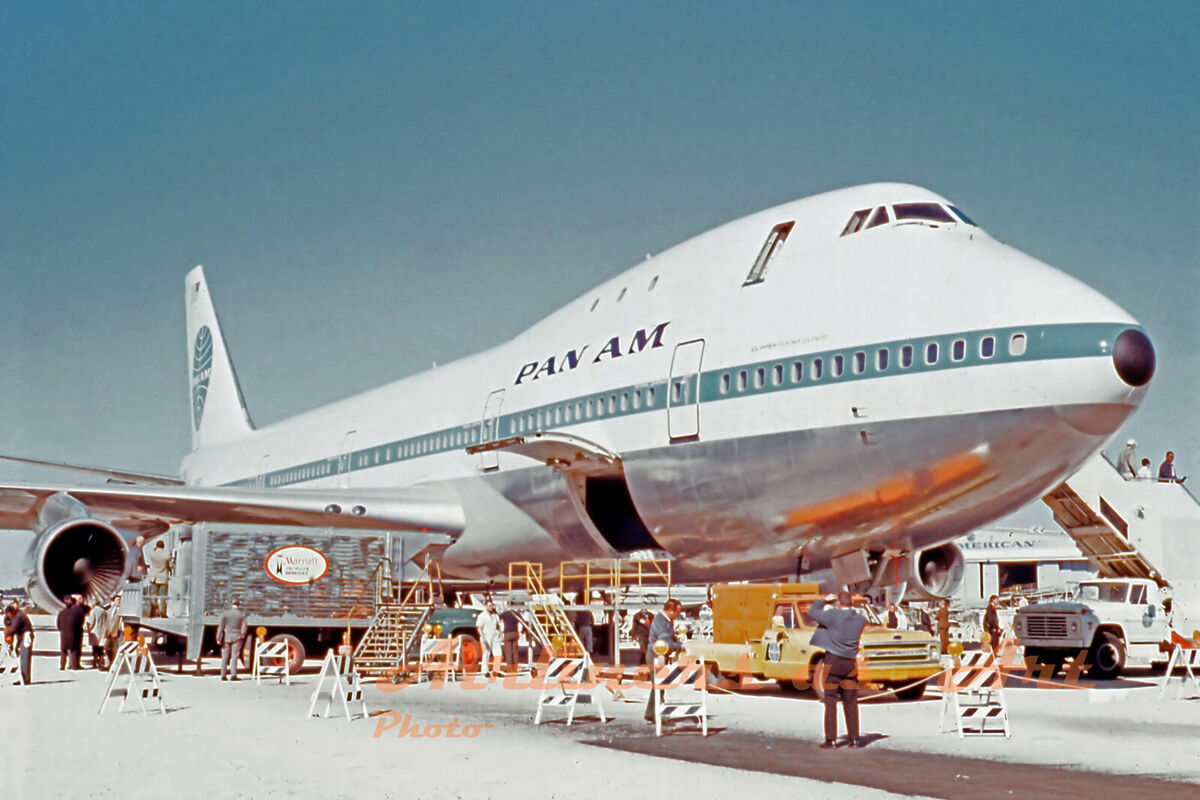
Originally scheduled for regular service on Dec. 15, things have been pushed back to January 18. That's because 28 of the world's airlines have placed orders for 186 of these monsters, including American Airlines, which has ordered 16. Since their shipment won't arrive until June, and as air travel is strictly regulated in this country by the Civil Aeronautics Board (CAB), which ensures fairness of rates, routes, and other aspects of competition, the CAB ordered a delay until Pan Am leases American one of its fleet.
As impressive as the 747 is, it constitutes something of a bridge, aeronautically speaking. Very soon, we will have supersonic transports plying the airlanes. Eventually, we may even have hypersonic derivatives of the reusable "space shuttle", currently under development at NASA. The jumbo jet will allow for economical, subsonic flights until passenger travel goes faster than sound, at which point, the 747 will make an excellent freighter.
These are exciting times for the skies! And with that, let's see if we've also got exciting times in space…
John Campbell makes the going… hard
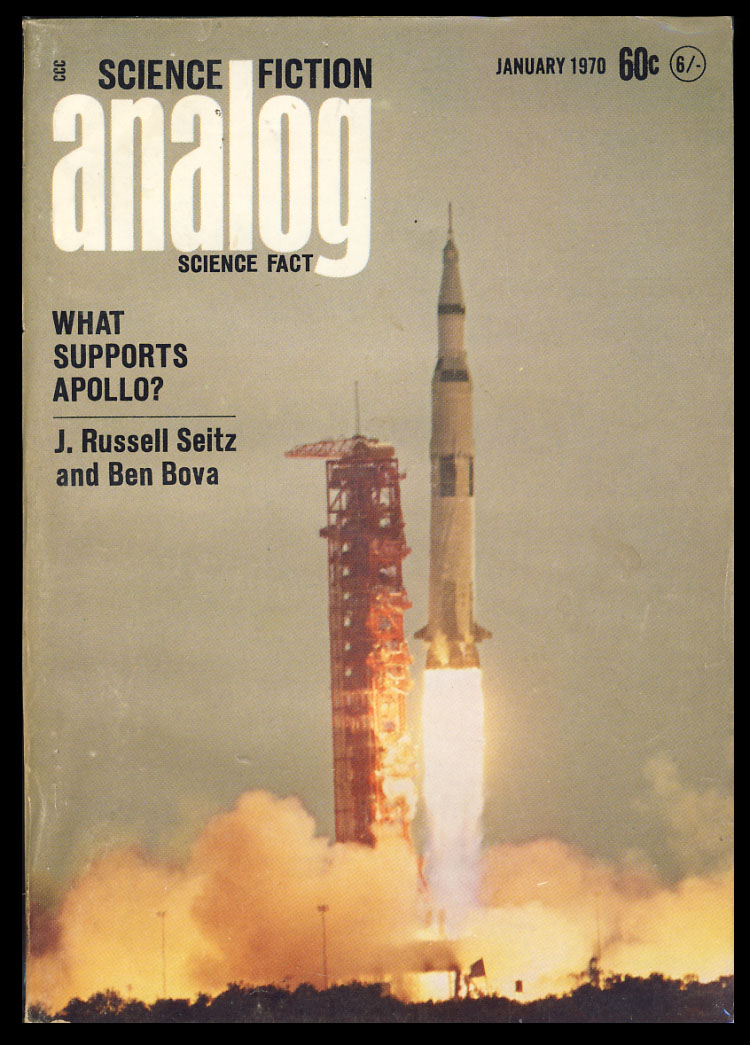
What Supports Apollo?, by Ben Bova and J. Russell Seitz
Apropos of the aeronautically pioneering theme, the first piece in this issue is a science article on what supports the Apollo, literally: the enormous Vehicle Assembly Building, where the three stages of the Saturn V are put together; the crawler that the rocket rides to the launch pad, and the 30-story gantry at the launch pad.
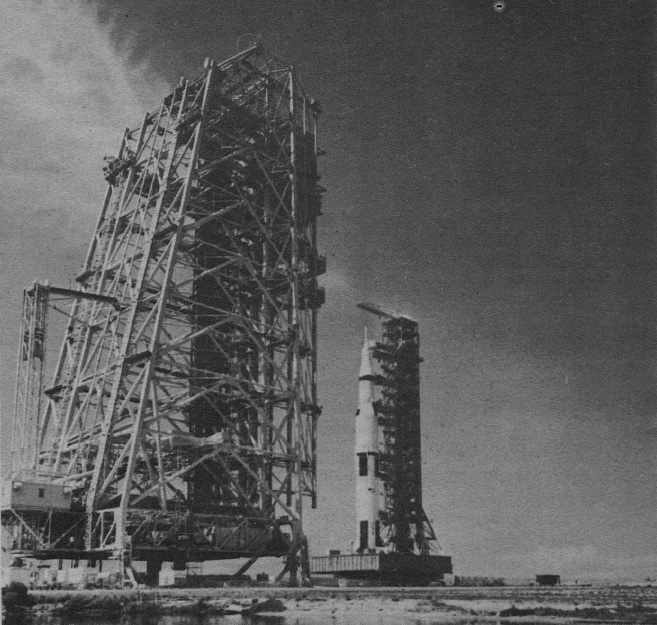
The mobile launcher (left) and the Saturn on the crawler (right)
It's a lot of numbers told in a wide-eyed fashion, but I enjoyed it. The pictures are nice, too.
Four stars.
The Wild Blue Yonder, by Robert Chilson
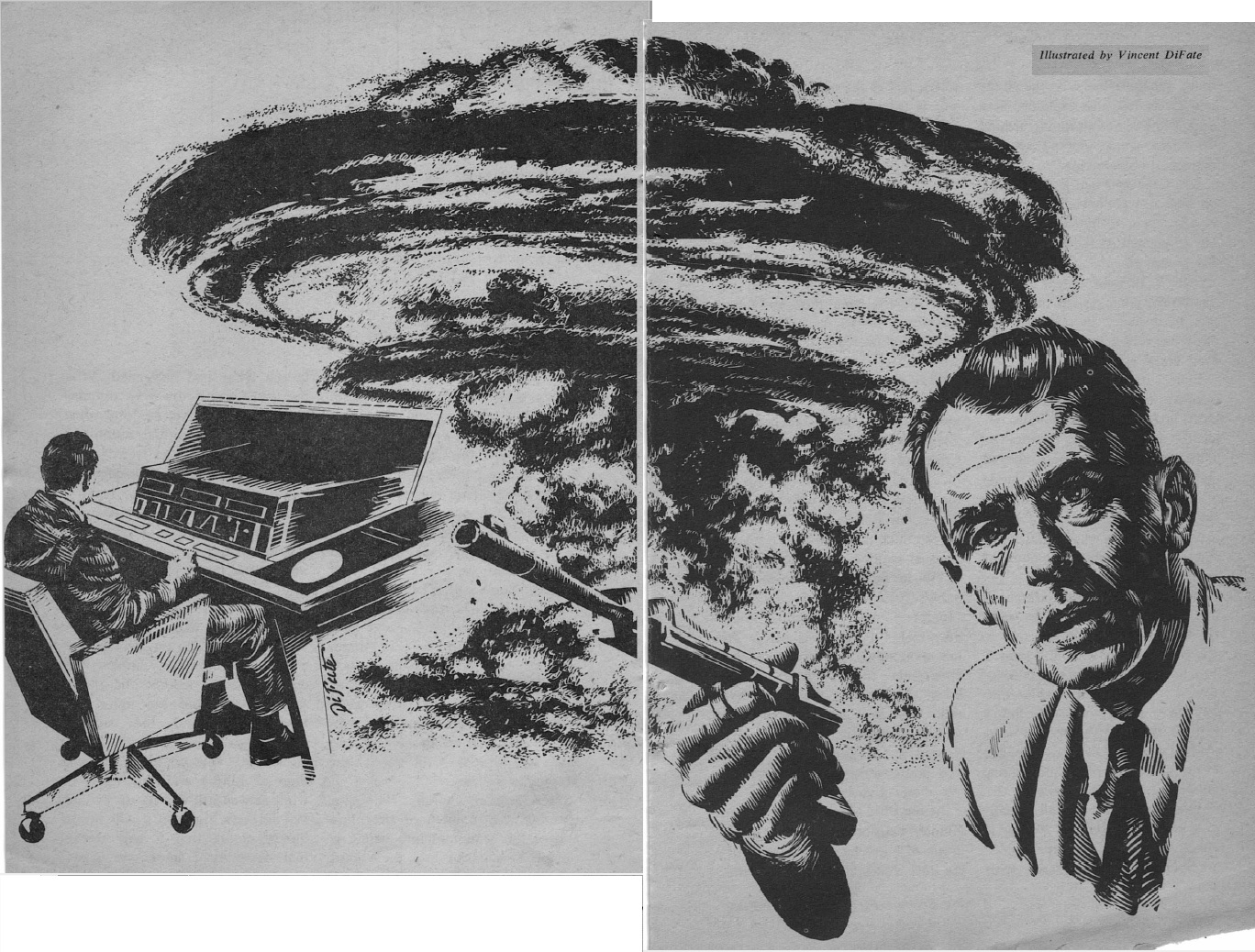
by Vincent diFate(right)
Engineer Ted Halsman had bought an old mine in rural Ohio and stuffed it with all kinds of advanced equipment. When the mine explodes with the force of an atomic blast, Halsman goes on the run, asserting that his discovery will warp the future of humanity if it escapes his clutches.
Told in documentary fashion, this story goes on waaaaay too long. Along the way, much speculation is made about the nature of the blast, and how it might require rewriting the laws of physics. That the speculations are patently absurd does a bit to foreshadow the joke ending. On the other hand, that ending is also rather implausible.
Beyond that, we're meant to sympathize with Halsman, who idly dreams of returning to civilization, decades after successfully escaping from it. That he murdered half a dozen people in cold blood while fleeing is glossed over.
Two stars.
The Proper Gander, by A. Bertram Chandler
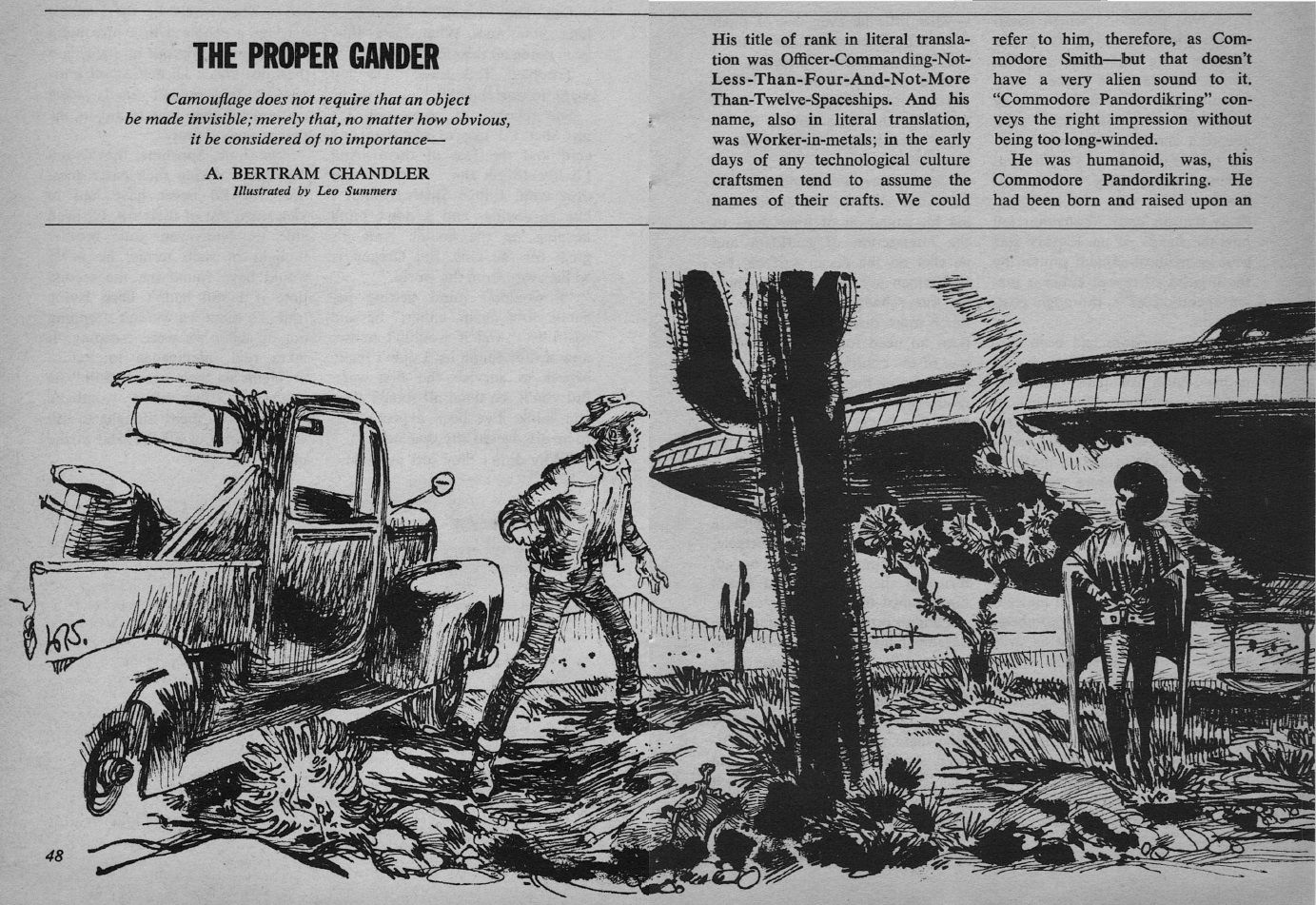
by Leo Summers
A thoroughly humanoid flying-saucer pilot is reprimanded for being too showy about his jaunts to Earth. His bosses decide the best defense against discovery is hiding in plain sight: a saucer is ordered to land in front of a commuter, and out strolls a vivacious, thoroughly humanoid "Officer's Comfort Second Class" who claims she is from Venus. Since modern humans know Venus is uninhabitable, the saucer people figure that future sightings will be written off as gags or delusions.
This story is both stupid and sexist, both in spades. One star.
Curfew, by Bruce Daniels
A young Martian by the name of Matheson comes to Earth for the reading of his uncle's will. Said uncle was an inventor and a corporate spy, and his legacy includes some rather valuable patents that could be explosive in the wrong hands. Others are already after the secret, and in addition to dodging them, Matheson must meet with a shady unknown at night, outside the safety of his hotel.
Therein lines the inspiration for the story's title: as a solution to the crime problem, there is a night-long curfew enforced by mechanical beasts and aircraft. Can Matheson brave the rigors of his homeworld long enough to claim his prize?
This piece is somewhat juvenile in tone, but not bad. Three stars.
The Pyrophilic Saurian, by Howard L. Myers
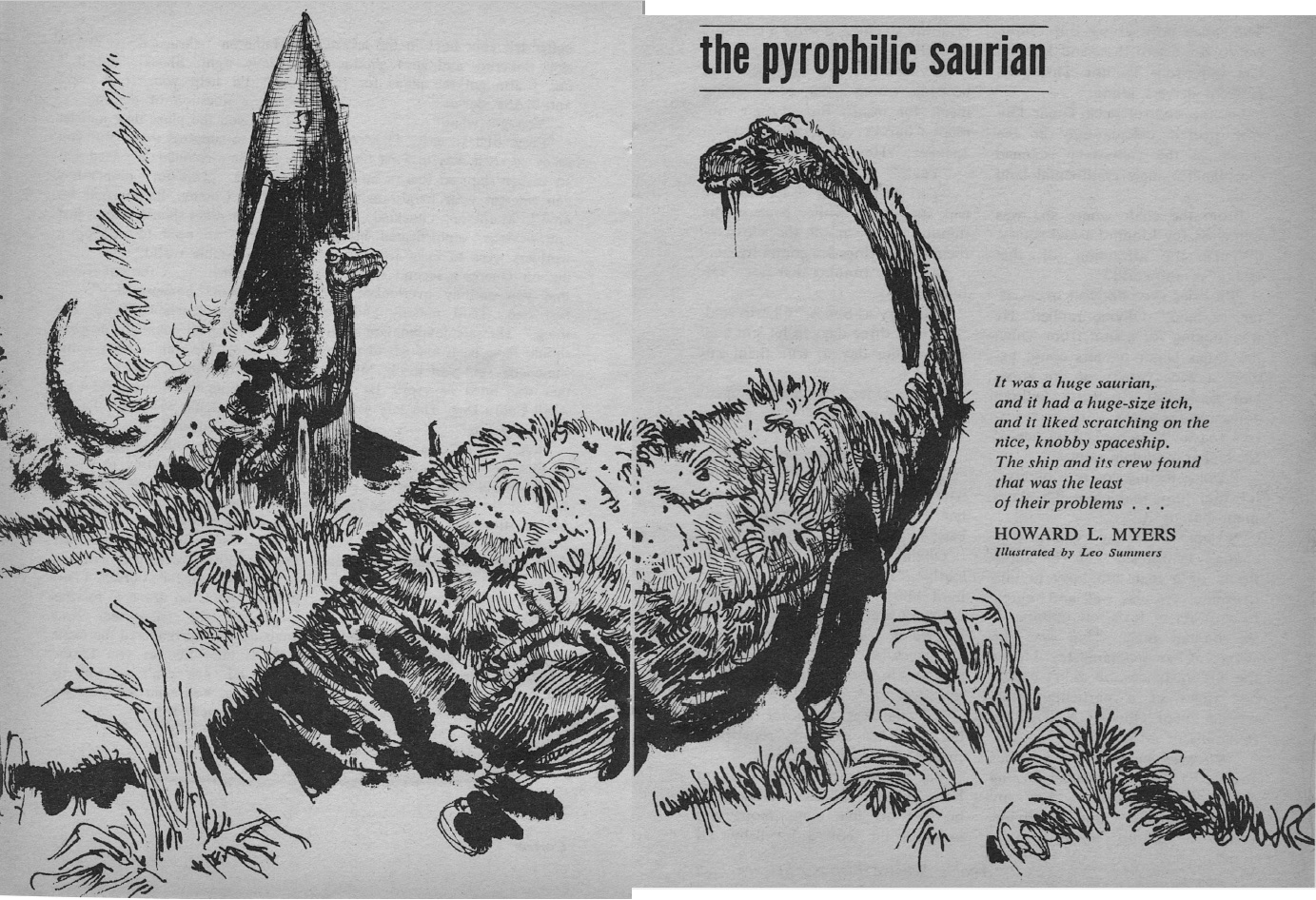
by Leo Summers
This story appears to take place in the same universe as "His Master's Vice", because that's the other place we've seen Prox(y)Ad(miral)s. In this tale, we've got a prison escapee named Olivine who has made a break with four other convicts. He heads out to a planet that he knows (as a former ProxAd) has been restricted and bears a resource of great value. Of course, the suspicious ease of Olivine's escape suggests that the authorities have a reason for letting him and his band scout out this world for them…
It's cute, in a Chris Anvil sort of way, though the space patrol must have been close to prescient to anticipate all of the twists and turns the story takes. Three stars, barely.
In Our Hands, the Stars (Part 2 of 3), by Harry Harrison
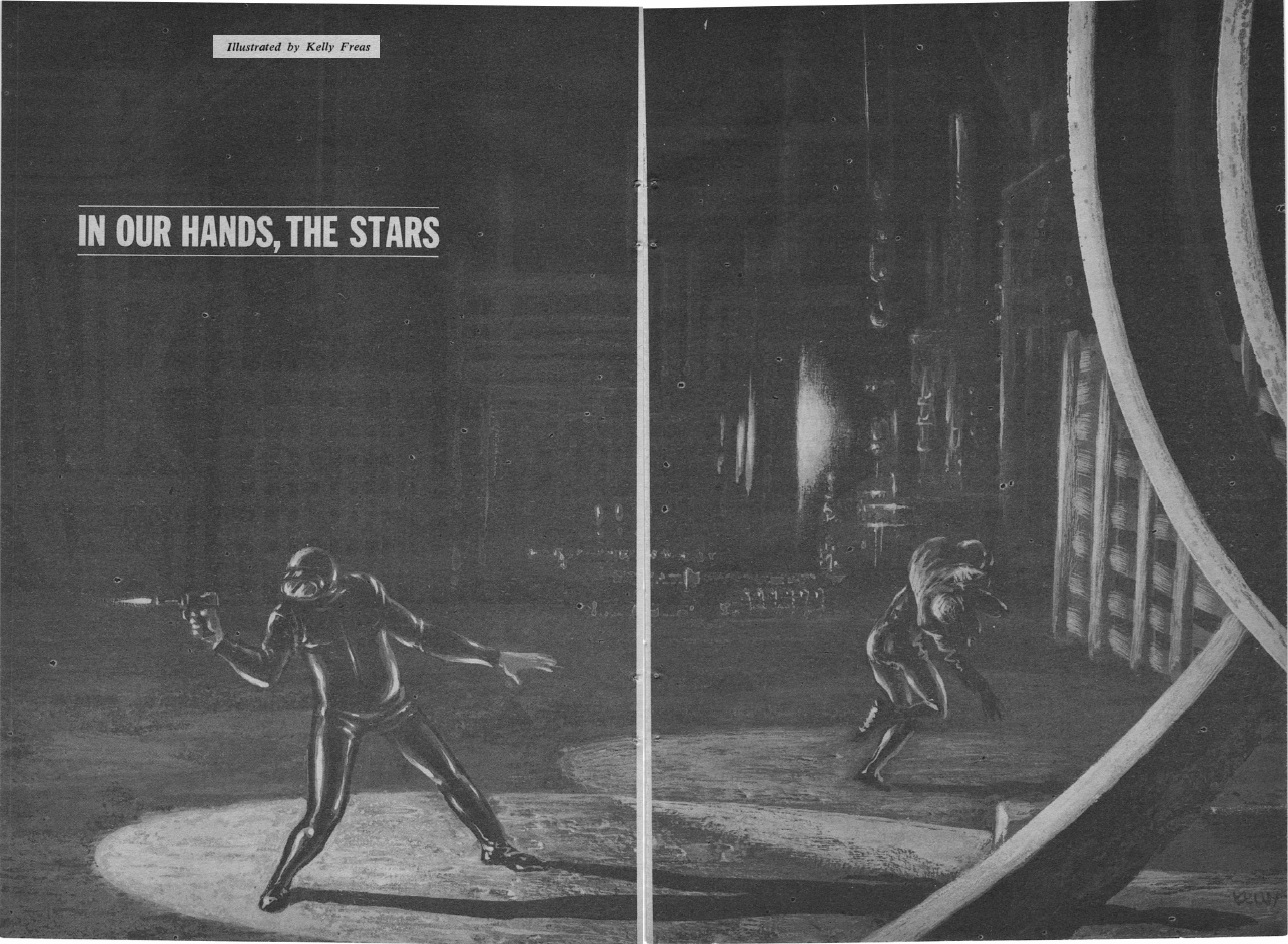
by Kelly Freas
And now, Part 2 of the serial started last month, in which an Israeli scientists flees to Denmark to develop anti-gravity.
In this installment, Denmark builds a proper anti-grav spaceship, adapted from a giant hovercraft. We learn that its pilot likes to sleep around, and his wife is being leaned on by the CIA to steal secrets from the project. In all of this issue's 50 pages, the only scene that really matters is when the discoverer of the effect, Leif Holm, newly minted Minister for Space, gives a speech from the Moon. The rest is superfluous building scenes or bits with the pilot's wife, who exists solely to be weak, vulnerable, and jealous, so she can be traitorous.
"Did you read about our Mars visit?" is a line that is actually in the book, and I thought at that point, "No! But I'd have liked to!"
Also, can a diesel tractor really work on the Moon even with oxygen cylinders? And are the Danestronauts doing anything to sterilize their equipment, or are they just blithely contaminating the Moon?
I'm really not enjoying this one very much. Harrison is sleepwalking. Two stars.
The Reference Library: To Buy a Book (Analog, January 1970), by P. Schuyler Miller
Miller prefaces his book column with a fascinating piece on how books are distributed. In short, they aren't…not for very long, anyway. The titles sit on shelves for a vanishingly brief time, and unless the booksellers know they can sell a bunch, chances are they won't bother ordering any. The profit margin's just not there. This is a phenomenon I know very well as an author, and I don't imagine the paradigm will change for the next half century or so (until we all switch over to digital books, computer-delivered, as Mack Reynolds predicts).
There's also a nice plug for Bjo Trimble's Star Trek Concordance, a comprehensive encyclopedia of all topics from the show. Then Miller gushes over a trio of reprint Judith Merril novellas, Daughters of Earth, the recently novelized Leiber serial, A Specter is Haunting Texas, and the very recently novelized Silverberg serial, Up the Line. His praise is slightly muted for Alexander Key's juvenile, The Golden Enemy.
Having reservations

Thérèse Burke checks reservations for the Irish airline, Air Lingus.
Well.
It is appropriate that, on the eve of the dawn of a new era of air travel, Analog is continuing a serial about a new era of space travel. But despite that subject matter, this issue is straight out of Dullsville, continuing a flight into mediocrity that has been going on for many years now.
With a score of 2.5, this month's issue is only beaten to the bottom by the perennial stinker, Amazing (2.4). It is roughly tied with New Worlds (2.5), and exceed by IF (2.7), Vision of Tomorrow (3.2), and Fantasy and Science Fiction (3.5).
Aside from that superlative last magazine, it's been something of a drab month: you could take all the 4-5 star stuff and you'd have less than two full magazine's worth. And women wrote just 4% of the pieces.
Is this any way to run a genre?
[New to the Journey? Read this for a brief introduction!]

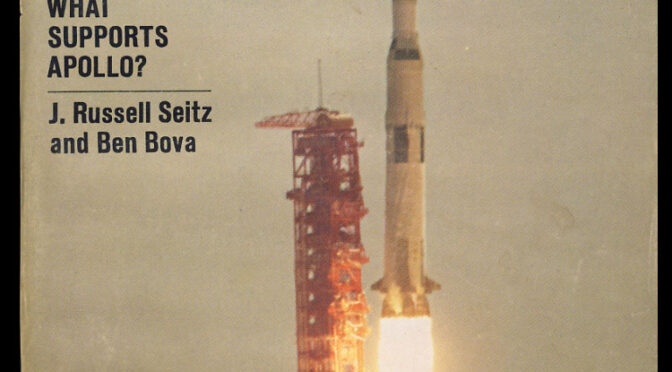


In March of 1969 I was at the Cape on biz for the Apollo program. One of the guys we knew took us to the VAB when they were stacking the Apollo 11 Saturn V.
The size of that building was spectacular.
Found memory.
Been on the road, so I got my copy of the Journey late.
The science article was pretty good, even if it was just throwing around a lot of big numbers. I'm sure the VAB is impressive, but I couldn't help but thing about the WWII blimp hangars at the Marine base near Irvine, which are so big they (allegedly) have their own weather inside.
I think I like the Harrison a tiny bit more (even though he's turned one of the more likeable characters into a louse), and the Myers a little bit less. Otherwise, agreement as usual.